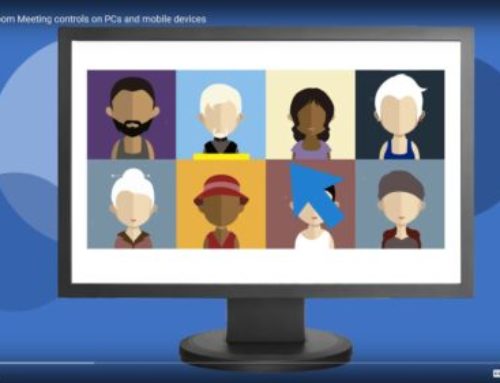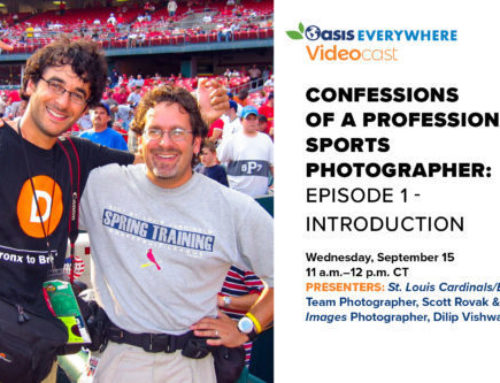Wondering how to avoid catfishing and romance scams?
Read our blog and watch a video to learn warning signs that can save you from heartache and outright theft.
A new friend or love interest you’ve met on social media can make you feel great AND take you for an expensive financial ride.
Older adults can be targeted for these types of scams because they sometimes have more savings than younger people do. According to the Federal Trade Commission, losses from romance scams have increased dramatically since 2015, ranking number one on total reported losses. In 2018, losses resulting from “catfishing” or “romance” scams topped $143 million. The average amount lost for adults older than 70 is $10,000.
There are some helpful ways that consumers of all ages can quickly assess whether someone is genuinely interested in making a meaningful personal connection or simply an imposter looking for a relationship with your bank account.
Watch out for five clues that could indicate you are dealing with an imposter:
- The invitation to connect is unexpected and/or from a total stranger. Be especially wary of profile pictures that are very attractive, people who live a long distance from you or people who are not within your age group.
- This new acquaintance seems to have a lot in common with you. The more the imposter has in common with you, the easier it is to build an emotional relationship with you.
- The new acquaintance can never meet, talk live on the phone or video conference.
- The new acquaintance has a misfortune or a series of them. Common crises include broken smart phones, vehicle breakdowns or medical emergencies which all require cash from you to solve them.
- Your new friend requests money. Criminals using catfishing scams rely on wire transfers and gift cards because they give the imposter instant cash and are also impossible to trace.
Watch this video for more details on protecting yourself from romance scams.
This project is made possible with generous support from AT&T.





